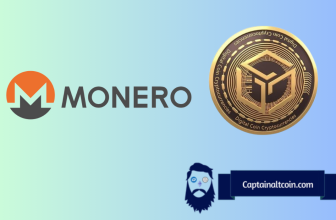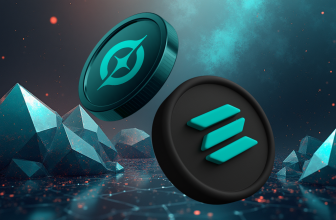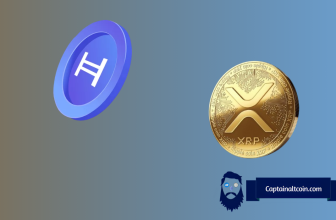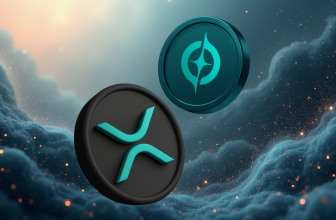
If you have more than a passing interest in the cryptocurrency industry, there’s a good chance you’ll know what an ICO is.
Initial Coin Offerings, or ICOs, have been a mainstay in the crypto scene for the past five years, but as they’ve grown in popularity, they’ve also attracted a fair amount of regulatory scrutiny.
The question that has long been asked is, how do we classify ICOs?
Regulators themselves have admitted that this is a bit of a complicated area, as ICOs can alter over time, starting as a security but eventually turning into a commodity, for example.
Enter the SAFT agreement
To aid investors past the confusion that can be caused by ICOs, we’ve seen the creation of what is called the Simple Agreement for Future Tokens, otherwise known as SAFT.
Under strict rules laid down by the Securities Act of 1933, it is considered illegal for any company to issue unregistered securities. Anyone found guilty of this can be subject to considerable financial penalties and even up to five years in federal prison.
The problem faced by many startups is that utility tokens circulated prior to a network being functional can often be considered securities as determined by the Howey Test, which would lead to some significant problems for investors.
This is where SAFT agreements come into their own.
How do SAFT agreements work?
In a nutshell, a SAFT agreement is formulated for use with tokens that will be classified as a utility in the future.
A SAFT framework looks to resolve the issues and uncertainties that both the investor and issuer could face from regulators under the ICO model and essentially stipulates delivery of a pre-agreed number of tokens to an investor once the platform or application has been fully developed.
Some people believe that a SAFT agreement is intended to circumvent regulation, but that isn’t the case at all.
The developer of the token involved in the SAFT agreement will draw up detailed agreements with accredited investors, and all required documentation will be filed with the appropriate governing body.
The purpose of a SAFT agreement is to ensure there isn’t any potentially costly confusion over a utility token and a security.
What are the benefits of a SAFT agreement?
At its very core, a SAFT agreement allows startups to secure themselves financing that aligns with the current stage of development and more crucially, with the intent of their token.
One of the primary benefits of a SAFT agreement is the doors it opens for US institutional investors to participate with the confidence that the sale isn’t deemed dubious from a legal standpoint.
The SAFT framework tackles one of the primary SEC concerns when it comes to ICOs, which is removing a lot of the risk burden that would otherwise be on small retail investors.
It’s also hoped that SAFT solutions will help encourage more US-based blockchain projects, many of which have been hesitant due to the aforementioned legal issues surrounding ICOs and scrutiny from the SEC.
Such scrutiny has seen some projects relocate from the US to financially neutral jurisdictions due in most part to the ambiguity that exists in current US laws and regulations.
The SAFT framework will provide those companies with new clarity in regards to securities laws and other financial and legal aspects.
Can SAFTs be used in ICOs?
Absolutely.
Some of the largest ICOs conducted have utilized a SAFT framework in the past, including Filecoin, which raised somewhere around $250 million in its ICO, using the funds to help develop a planned decentralized cloud storage platform.
We’ve also seen popular instant messaging platform Telegram use a SAFT agreement for US investors during its successful token pre-sale that saw them raise $850 million, and ultra-secure banking and messaging dApp ATRONOCOMs SAFT crowdsale is in full swing.
SAFTs allow projects to essentially conduct an ICO that can attract US investors and at the same time remain entirely compliant with US securities laws and other financial regulations.
In today’s era where regulatory uncertainty over ICOs doesn’t look like it’ll be remedied any time soon, the SAFT framework is ideal for blockchain products intending to raise funds for utility token projects.








